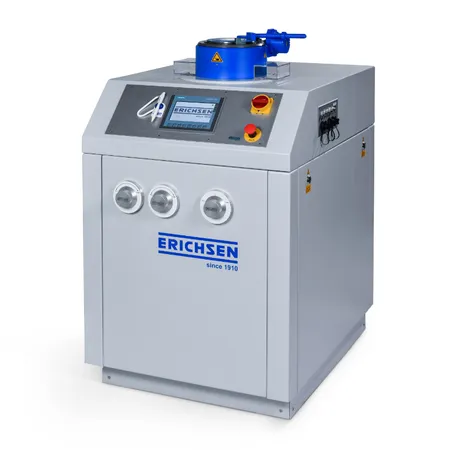Advanced Paint Testing Technology for Industry Professionals
Discover the 242-Basic Model, an Electro-hydraulic paint testing machine designed to push the boundaries of lacquer and paint testing. This fully automatic cupping and deep-draw tester is crucial for evaluating the ductility of coated metals, including coil coatings, painted, plastic-coated, or galvanized materials, making it indispensable in quality assurance processes. With a formidable pulling force of 200 kN and digital displays for meticulous measurement, it is engineered to handle materials deformed along all three coordinate planes without damaging the surface coating.
Specifically suited for sheet metal thickness ranging from 0.2 mm to 4.0 mm, the 242-Basic Model addresses the industry’s need for standard inspections and verifications. It also facilitates redraws and the use of the Bead Test Instrument, Model 227, for more intensive analysis. Ideal for quality assurance, research, and development, this machine embodies robust construction for wear-resistant operation and precision testing with minimal maintenance.

